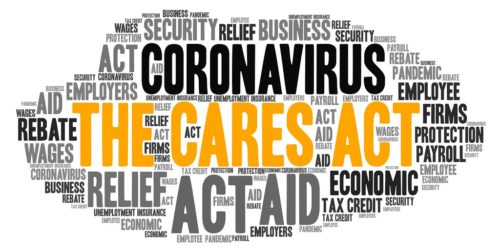Originally published on Forbes.com.
This is a brief update to my previous posts on the Paycheck Protection Program.
Background
The Paycheck Protection Program was created by the CARES Act which passed last week. It is an extension of the SBA 7(a) program and will go through banks. The plan provides loans at favorable terms without requiring personal guarantees, collateral or seeking other financing. The main purpose of the loans is to fund “payroll costs” which are defined very broadly and may include self-employment income. How that part works is still not clear. You can read my previous posts with more details here and here.
Latest Development
SBA Administrator Jovita Carranza has announced that the program is on a very fast track.
“This unprecedented public-private partnership is going to assist small businesses with accessing capital quickly. Our goal is to position lenders as the single point-of-contact for small businesses – the application, loan processing, and disbursement of funds will all be administered at the community level,” said Administrator Carranza. “
““Speed is the operative word; applications for the emergency capital can begin as early as this week,
with lenders using their own systems and processes to make these loans. We remain committed to supporting our nation’s more than 30 million small businesses and their employees, so that they can continue to be the fuel for our nation’s economic engine.”
Loan Terms
All loans will have identical terms 0.5% interest, 2 year maturity and first payment deferred for six months. As noted above there is no collateral or personal guaranty required. There is no fee payable by the borrower.
As much as 100% of the loan can be forgiven.
“Loan forgiveness if proceeds used for payroll costs and other designated business operating expenses in the 8 weeks following the date of loan origination (due to likely high subscription, it is anticipated that not more than 25% of the forgiven amount may be for non-payroll costs)”
Still Unknown
The language in the legislation indicates that self-employed people will somehow be included in “payroll costs”. How exactly that will work remains uncertain.































































































